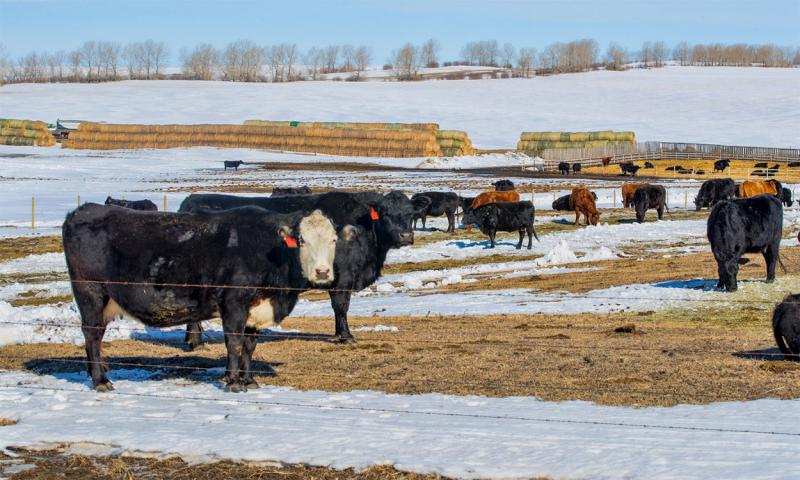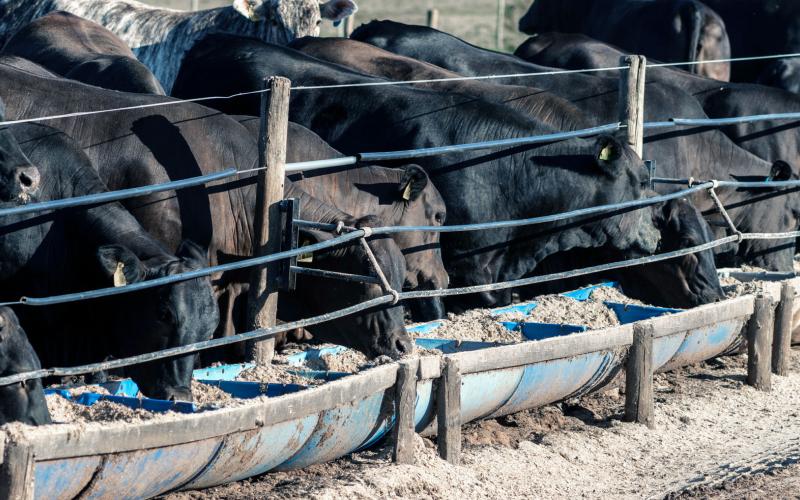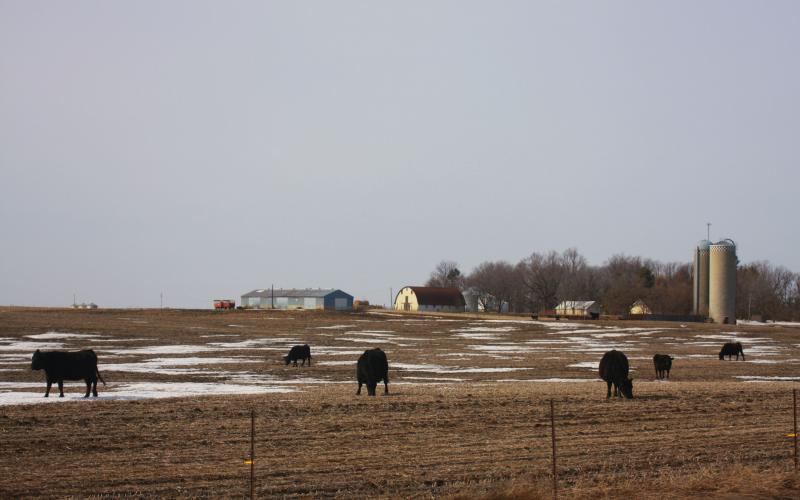
Originally written by Olivia Amundson, former SDSU Extension Cow/Calf Field Specialist.
Every year, cow/calf producers deal with a percentage of the herd that failed to conceive during the breeding season. These cull cows account for up to 15 to 30% of the operation’s annual gross income. Historically, cull cows from spring calving herds are marketed around November, following end of the year pregnancy check. As many are aware, the seasonal low for cull cow market prices occurs at this same time due to simple supply and demand economics. Data suggests that retaining open females to add additional weight can provide additional value to these females at a more favorable market. Check out the articles Considerations for Cull Cows and Cull Cow Management and Marketing Opportunities for more information on adding gain to cull cows.
Things to Consider
Rebreed Those Open Cows
Traditionally, keeping open females is not a popular option. However, variability in cull cow prices and feed costs may provide an opportunity to consider other options. Rebreeding open females to sell as bred cows for a future fall herd or to retain a bred female to begin your own fall herd may be an alternative solution. This alternative provides additional revenue potential, however, there are some factors to take into consideration.
Resources
Before making the decision to rebreed open females, consider the resources needed for a successful breed up. Labor, facilities, breeding costs, feed availability and marketing options are all important considerations prior to adopting a rebreeding system. Next, consider which cows would make the best candidates for this opportunity. Choose females that are young, healthy, in a body condition score of 5 to 5.5 and have productive life potential. To determine the feasibility of this option, individuals should run their numbers through a budget analysis.
Reproductive Performance
Research demonstrates that cows that are traditionally spring-calving cows and rebreed in the fall have a breed up of 80 to 86% with a 60-day breeding season. Like most research, females who breed earlier in the breeding season, calve earlier in the calving season. Females who calve earlier in the subsequent fall calving season are more likely to adapt to a fall calving season.
Budget Analysis
Each operation should complete their individual rebreeding budget analysis for the cows that came up open and are being considered for the rebreeding program. Determine the initial value of the cow at pregnancy detection versus the projected value of her in March, and, if you are able to, add weight. Consider current feeding expenses based on the operation’s stockpiled feedstuffs or forage availability.
When breeding open cows from a spring breeding program in the fall and winter, it’s important to rebreed these females in an efficient manner. A breeding synchronization program should be considered to get as many females bred as possible in a short period of time. Breeding expenses, whether natural service or artificial insemination, will differ, with natural service protocols increasing net proceeds due to a decrease in cost of synchronization drugs and semen costs.
Use the costs associated with the breeding system of your choice to determine the breeding expenses and price of a pregnant cow the following April. Feed costs for rebreed females should be slightly lower than cull cows to sell in March, because the goal is to maintain a body condition score of 5 to 5.5 and not gain, like what would be done in feeding cull cows to market in March.
Key Takeaways
Understand that rebreeding females for a fall calving scenario is not always cost effective. In drought years, where feedstuffs are more expensive and forage availability is limited, this strategy may not work. Consider the body condition of cows that may be potential candidates. Cows in a body condition score less than 5 will be one of the largest limiting factors on success in a rebreeding program, as conception rates will be compromised in underweight cows. Complete a budget analysis of current cull-cow prices, breeding expenses and feed costs to determine if a rebreed program is the right decision for your operation.
For more questions on rebreeding open cows, contact Olivia Amundson.

